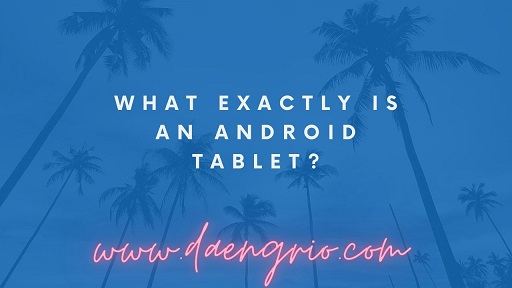Consider what characteristics you desire in an Android tablet before making a purchase. The majority of these tablets have a seven to twelve-inch screen that may be adjusted to your liking. Some tablets additionally include a back or front-facing camera. An Android tablet’s camera is useful for video calls and collecting memories.

An Android tablet’s connectivity options include 3G, 4G, and Wi-Fi. The third generation of mobile communications is referred to as 3G, whereas the fourth generation is referred to as 4G. Although Wi-Fi tablets do not require a data plan, data transfer is slower than with other options. Still, if you’re only planning to use the gadget for streaming or gaming, this isn’t a big deal.
The Android tablet industry is more crowded, with hundreds of manufacturers vying for your attention. There’s anything from low-cost, low-performance tablets to high-end tablets like the Samsung Galaxy Tab 6s. These tablets vary in size, storage capacity, and touch screen technology, among other things. Despite their variations, Android tablets have many features and functionalities in common.
Many Android tablets, despite their inexpensive price, lack the Google Play Store. Installing Google Play on an Android tablet necessitates some technical know-how. Furthermore, Android tablets with data access and Wi-Fi only variants are available. The latter is frequently provided at a reduced rate by a cellular service provider.